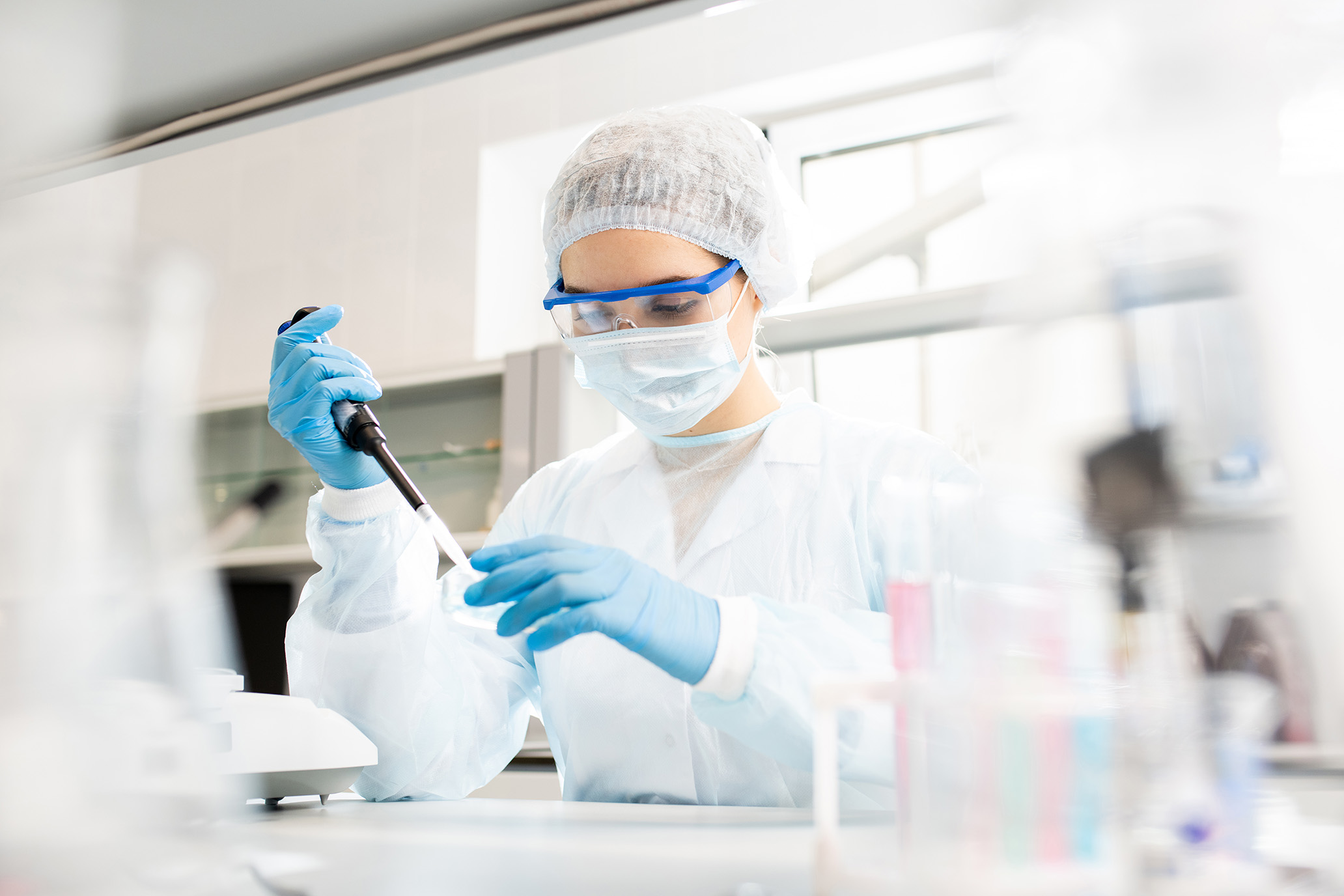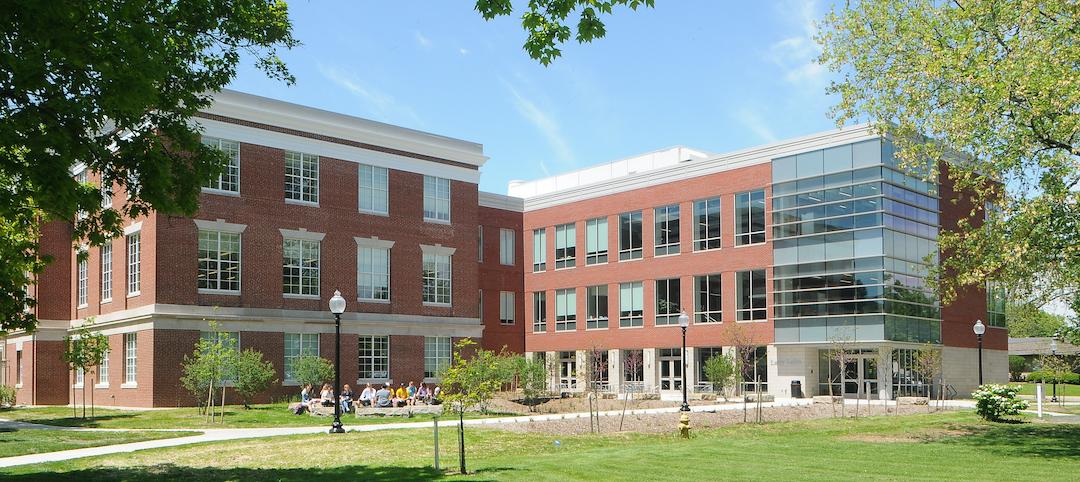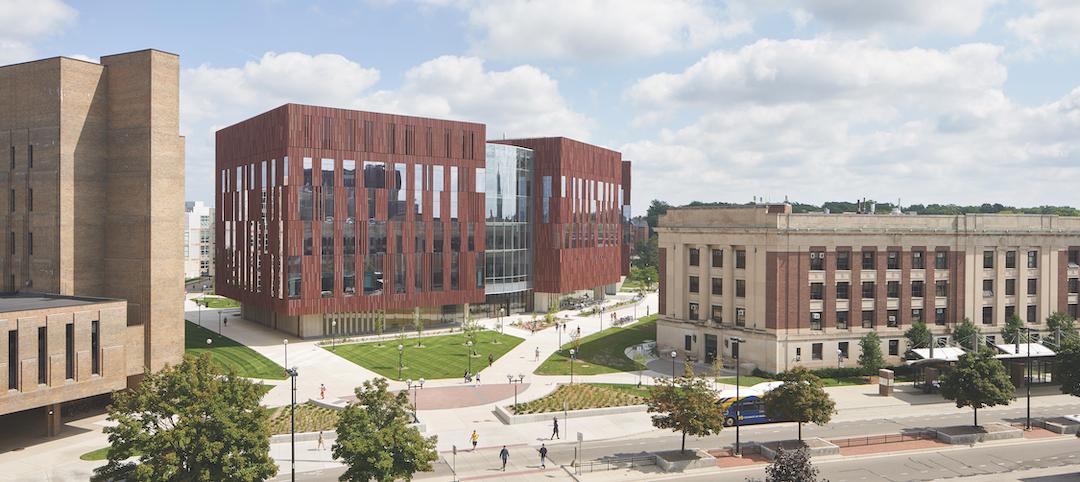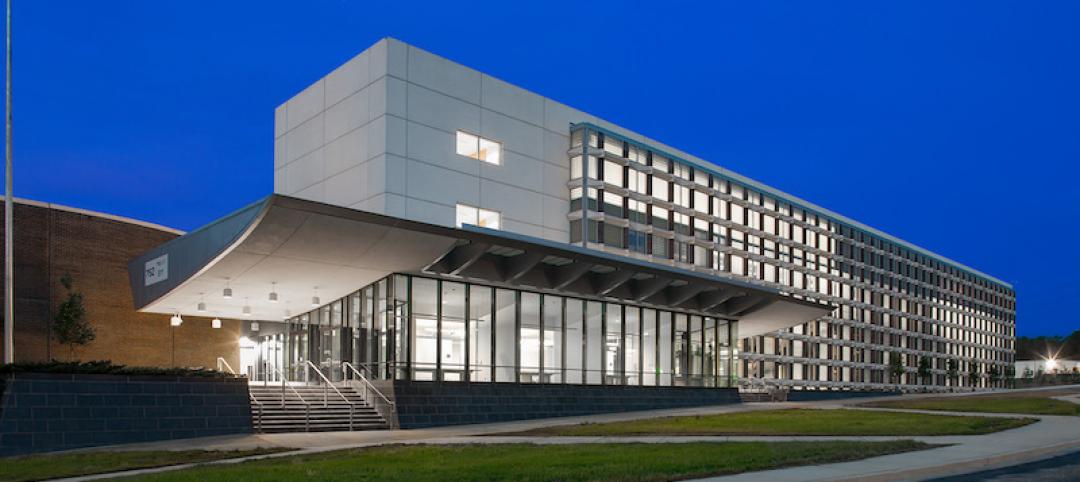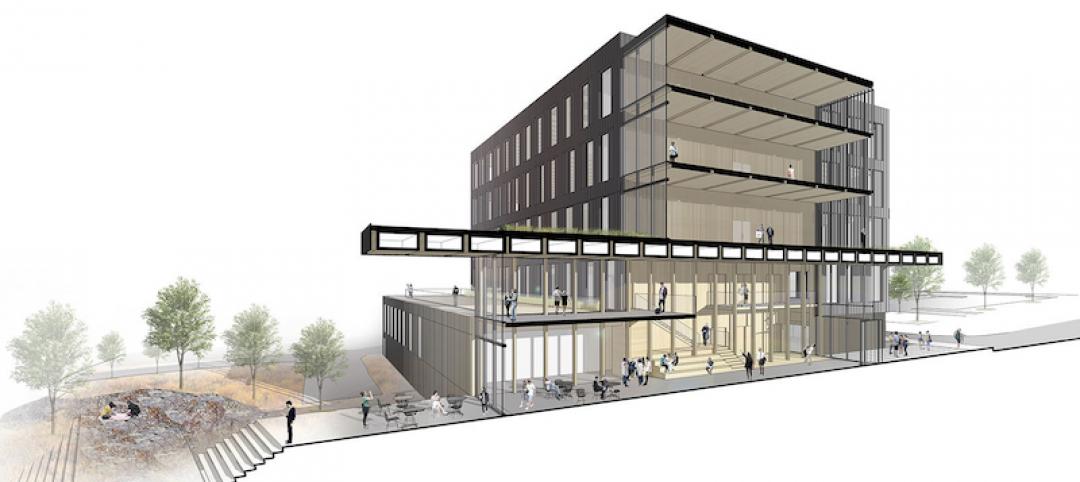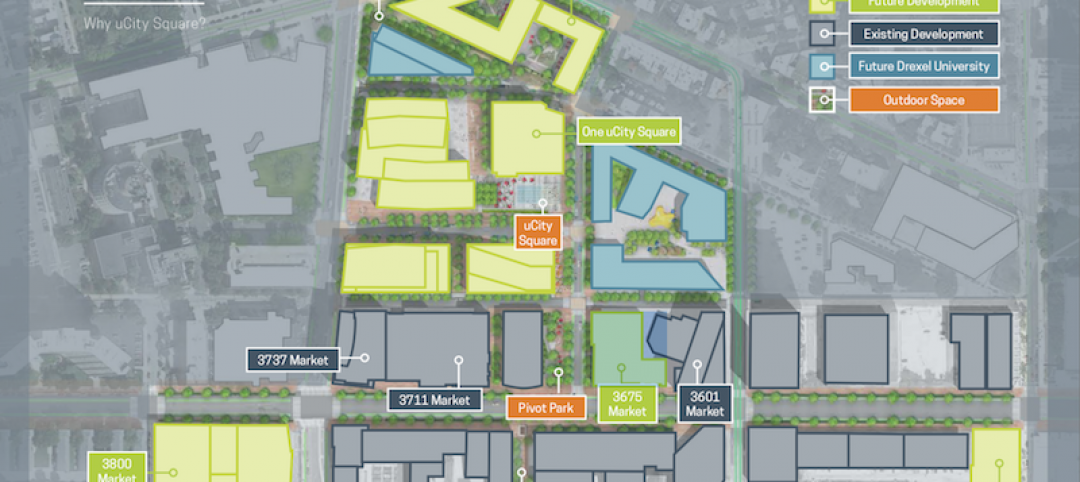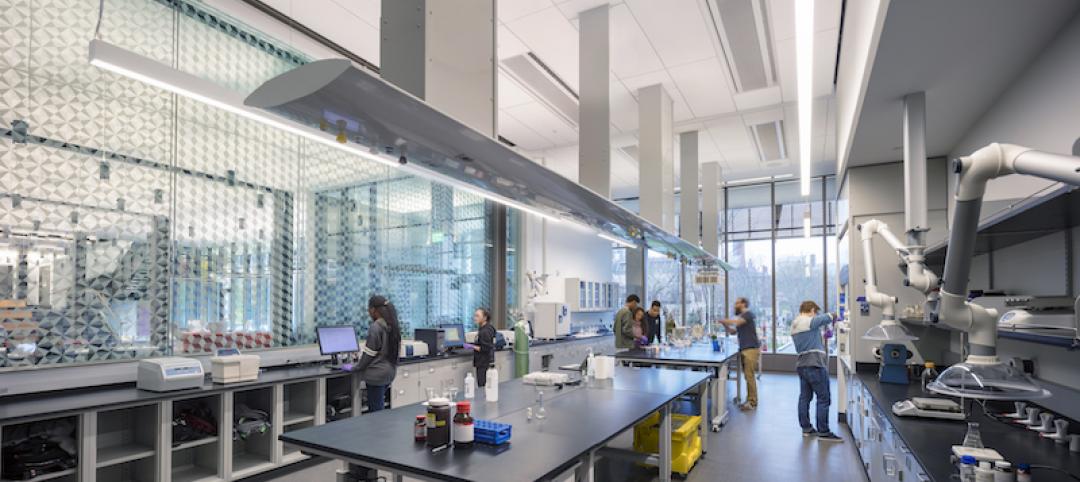A groundbreaking study conducted by ARC – Advanced Research Clusters, HOK, and the University of the West of Scotland (UWS), has revealed that half (48.1%) of all survey respondents who work in laboratory settings identify as neurodivergent, more than double the global average (20%) and more than a quarter (25.5%) identify as autistic, twenty-five times the UK average (1%). Because of this, spaces designed to foster technological and scientific innovation are inadvertently stifling the potential of the brilliant minds working within them by not addressing the sensory processing needs of the occupants.
To date, there has been a dearth of research into creating inclusive scientific spaces. Focused on science and technology innovators in laboratory settings, this study aimed to identify how individuals respond to sensory stimulation in current lab designs. It revealed how neurodivergent individuals are particularly sensitive to auditory, visual and tactile elements, exposing that many existing laboratories are not designed to address these needs holistically. These sensory distractions are linked to cognitive interruptions such as loss of focus and a disruption of creativity and innovation, which directly impacts employee engagement, satisfaction, and productivity.
The study also revealed that a third (29.9%) of the next generation of innovators consider themselves neurotypical. Without inclusive laboratory designs, the scientific research profession risks undermining these brilliant minds, leading to reduced productivity, poor recall, burnout, stress and recruitment and retention challenges.
Results for Designing Neuroinclusive Laboratory Environments
Dr. Edward Edgerton from UWS said: “Often, neurodivergent employees will manage their work environments by hiding signs of their neurodiversity. However, even when their neurodiversity is recognized, their workplaces can still be exhausting, impacting negatively on their performance and wellbeing. Few organizations have considered neurodiversity workspace design particularly for laboratories.”
ARC supports over 300 science and tech organizations and over 10,000 innovators. The anonymised study included lab-based users from ARC’s network, including the renowned Harwell Science Campus, science departments at the University of Oxford and participants from selected European science campuses.
HOK, a leading global architecture firm that specializes in designing neuroinclusive spaces, partnered with ARC and UWS for the research. The team explored ways to identify sensory preferences and challenges and to develop design principles critical to the performance, sense of belonging and overall satisfaction of the people using laboratory spaces. Studies have shown that spaces that support diverse thinking enhance creativity and innovation by 20 percent.
Kay Sargent, HOK’s director of thought leadership, interiors, said: “You don’t have to be neurodivergent to be annoyed by sound, temperature, or light. But what might be annoying for someone who is neurotypical might be debilitating to someone with ADHD, autism, or other neurodivergence. It’s about making spaces more functional for 100% of the people. By creating neuro-flexible spaces, we’re enabling some of the world’s brightest minds to come together, allowing super-creative people to find their own personal, comfortable space.”
Design Strategies for Neurodiverse Laboratories
Design strategies identified by HOK that should be implemented in future laboratory developments include: providing individuals with choices, the right level of sound and auditory controls to support specific tasks, creating spaces with access to natural daylight and biophilic elements, reducing visual clutter, having adjustable ergonomic furniture, incorporating areas within the lab to retreat or reset, and introducing collaborative areas and spaces for doodling.
Jenny Gardner, ARC’s development director said: “At ARC, we understand the importance of creating spaces that support our members in solving the world’s greatest challenges. Until now the industry has failed to address the needs and experiences of neurodiverse individuals, prioritizing sterile, modern looks and open-plan co-working spaces without areas to decompress. We’re committed to changing this by designing inclusive scientific spaces that enable our members to deliver life-changing science.”
Daisy Shearer, a Quantum physicist and neurodiversity advocate, said: "Ensuring scientific workspaces are designed with neuro-inclusion in mind is an often-overlooked aspect to accessibility and the EDI conversation. It's great to see these discussions happening around neurodiversity at ARC, so we can create inclusive spaces where all neurotypes can thrive. Good research and innovation stems from those who work on it, ensuring a diverse group of people can access these careers is key."
Related Stories
Laboratories | Jun 24, 2020
CDC set to build the most advanced high containment laboratory in the country
Flad Architects, Page Southerland Page, and WSP will plan, program, and design the HCCL.
University Buildings | Jun 3, 2020
Renovation can turn older university buildings into high-performing labs
David Miller of BSALifeStructures offers technical advice on renovation of college and university laboratories and scientific research facilities.
Giants 400 | Aug 13, 2019
2019 Science + Technology Giants Report: Operational flexibility is a must for S+T buildings
The science and technology (S+T) sector is arguably the industry’s most complex because it caters to a diverse clientele with specific priorities and imperatives, according to Building Design+Construction's 2019 Giants 300 Report.
Laboratories | May 21, 2019
Georgia Tech Research Institute adds 350,000 sf of specialized tech facilities
McCarthy Building Companies with Flad Architects acted as the design-build team.
Laboratories | Apr 23, 2019
Translational health science environments: 6 strategies for open innovation and knowledge transfer
Simply putting researchers and clinicians in the same building with hopes that serendipitous collaborations will ensue will often not yield the outcomes organizations seek.
Sustainable Design and Construction | Apr 9, 2019
One of the largest zero-carbon, net-zero buildings is rising in Spokane
Catalyst will be part of an innovation hub, with Eastern Washington University as its main tenant.
Laboratories | Apr 1, 2019
The Karolinska Institute’s new laboratory building
C.F. Møller Architects designed the building.
| Mar 21, 2019
Preserving Edison's "Corporate" R&D Lab in West Orange, N.J.
Report on Thomas Edison's West Orange, N.J., Laboratory.
Mixed-Use | Oct 25, 2018
Philadelphia’s uCity Square kicks off major expansion drive
This innovation center has several office, lab, and residential buildings in the works.
University Buildings | Jul 5, 2018
Brown University’s Engineering Research Center increases the university’s School of Engineering lab space by 30%
KieranTimberlake designed the facility and Shawmut Design and Construction was the general contractor.


